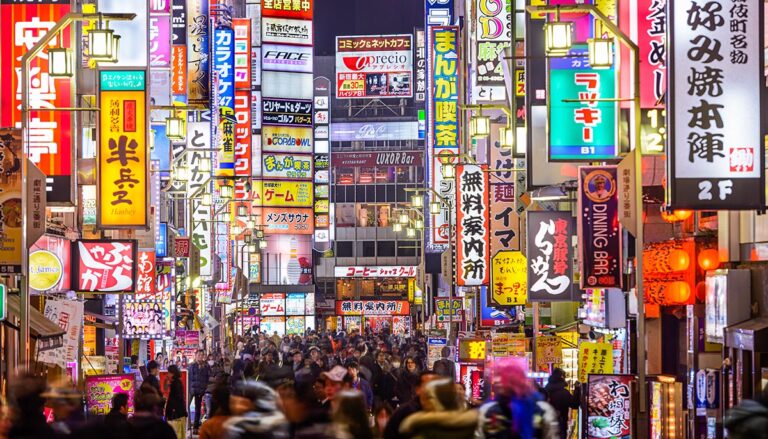Japan has the world’s most rapidly declining population, and the crisis is nearing a point of no return, having already plummeted to a rate not predicted until 2032. Experts say it will take more than money to reverse.
Japan nears point of no return in population crisis
In 2022, the number of births in Japan fell below 800,000 – the lowest number on record and half what they were 40 years ago – while the number of deaths reached a record high of more than 1.58 million.
During Japan’s economic boom in the 1980s, Japan’s birthrate was twice what it is today, with more than 1.5 million births in 1982, CNN reported. But Japan’s population has been in a steady decline since that time, with a total population in 2021 of 1.25 million, according to the most recent government figures. It is predicted that, at the current rate, Japan’s population could fall from 125 million to 88 million by 2065.
For more than a decade, deaths in Japan have outpaced births – despite the country having one of the highest life expectancies in the world. In 2020, nearly 1 out of every 1500 people in Japan were age 100 or older, according to government data.
The combination of declining births and increasing deaths has created a major problem for Japan, which is the world’s third-largest economy. In fact, it’s a problem that many of the world’s most highly developed nations are facing. Fewer births lead not only to a shrinking population but a smaller young population needed for the workforce to provide vital labor, pay taxes, fund pensions, and, in particular, provide health care labor to an aging population.
In the absence of immigration, Japan requires a fertility rate of 2.1 to maintain a stable population. However, Japan’s fertility rate of 1.3 is just slightly over half of what the country needs.
“[Japan is] on the brink of not being able to maintain social functions,” Prime Minister Fumio Kishida warned in January. “In thinking of the sustainability and inclusiveness of our nation’s economy and society, we place child-rearing support as our most important policy.”
Kishida added that the country “simply cannot wait any longer” to solve the low birth rate problem.
What’s the solution? Experts say it will take more than money
Japan’s Prime Minister Fumio Kishida said in January that a new government agency would be set up in April to focus on the problem of the nation’s low birthrate. He added that he wants the government to double its spending on child-related programs, The Diplomat reported.
However, some experts say money will not be enough to solve Japan’s birth rate problem. A major factor is that many Japanese women do not want to sacrifice their careers for motherhood.
Not only are Japanese women having children later in life, but they are also worried that motherhood will end their careers, Al Jazeera reported.
Further complicating the matter, Japan is the third-most expensive country in the world for raising a child. China is first, and South Korea is second. Exacerbating the problem are stagnant wages, which have barely increased since the late 1990s. Japanese women earned 21.1% less than their male counterparts in 2021, which is nearly double the average wage gap for developed countries.
In Japan, only 2% of all children are born outside marriage, compared to roughly 40% everywhere else in the developed world. Having a child outside marriage is rarely viewed as an acceptable option. Pregnant single women typically have two choices: have an abortion or unwillingly enter into a marriage.





